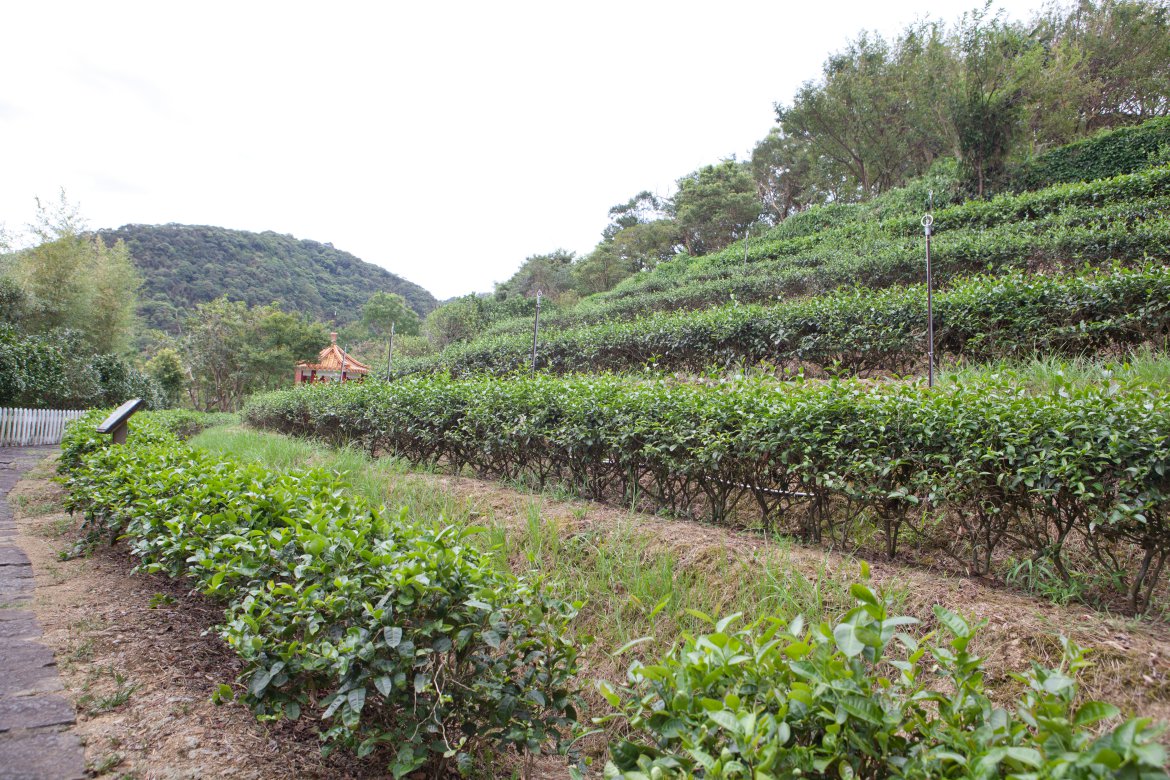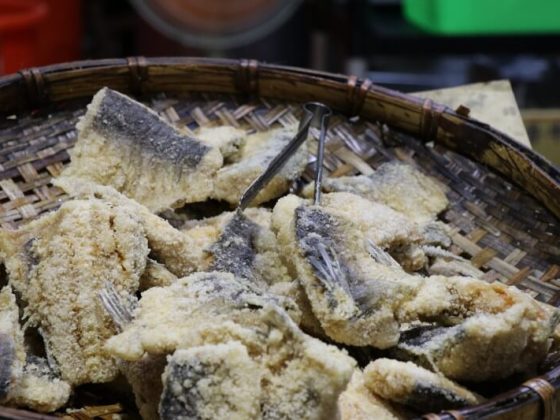Text: Mark Caltonhill
Photos: Vision
The Taiwanese are fond of their tea and love to climb hills overlooking their hometowns to take in a “night view.” Put these two together, stipulate that you do not want to drive more than one hour, and Taipei residents still have a large number of choices. One of the most popular is the historic tea-growing area around Maokong in the southwestern part of the city.
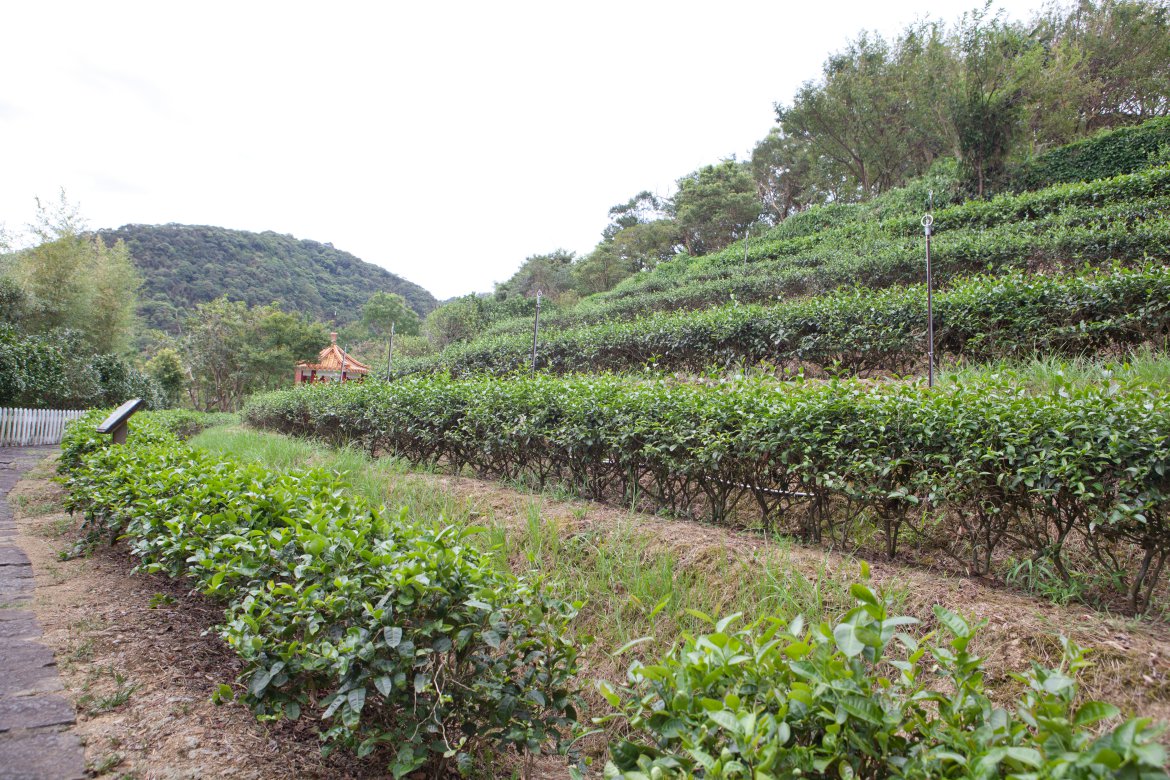
The Taipei basin is surrounded by hills – many of which offer excellent hiking opportunities – and Maokong (貓空) in the hills above Muzha would be just another of these, were it not that at the end of the 19th century immigrants, most famously Zhang Nai-miao (張廼妙) from the tea-growing region of Anxi in Mainland China’s Fujian Province, discovered that this particular mountain area’s moist climate and good soil perfectly suited the strains of tea grown in their hometown. (Read more: The Taiwan Scene Guide to Taiwanese Tea)
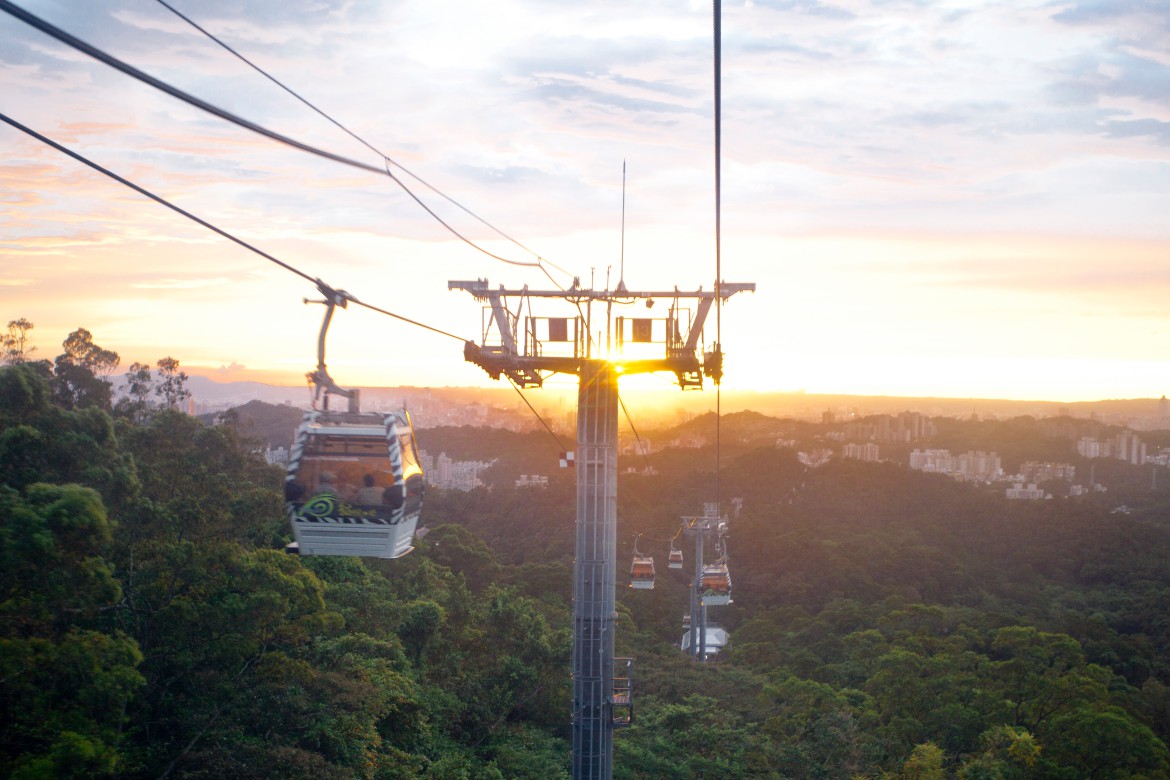
By the early 20th century, Maokong village – the origin of the name, literally “cat holes, is disputed, but perhaps derives from fissures eroded by stream water into a rock, which, to local eyes, resembled a cat’s scratches – and the surrounding hillsides were a thriving tea-producing district, with oolong (literally “black dragon,” semi-fermented tea and tieguanyin (literally “iron bodhisattva Guanyin” because of the rust-like color of its infusion) teas being exported all over the world. Even today, the 100-plus hectares of plantation still produce around 60 tons of tea a year, but now most of this is consumed at teahouses that dot the hillside, and much of it is drunk at night, when the lights of Taipei – including Taipei 101 – can be seen flickering in the distance.
Around 20 or 25 years ago when the area was suffering from economic decline, some tea plantations, after decades of selling their leaves to merchants down in the city, tried their hand at opening teahouses to try luring city dwellers up in to the hills. They were so successful that today there are around 100 teahouses, restaurants, and cafés scattered throughout the rhombus-shaped valley that takes its name from the village. (Read also: Alishan – A World of High Mountain Tea Up in the Clouds)
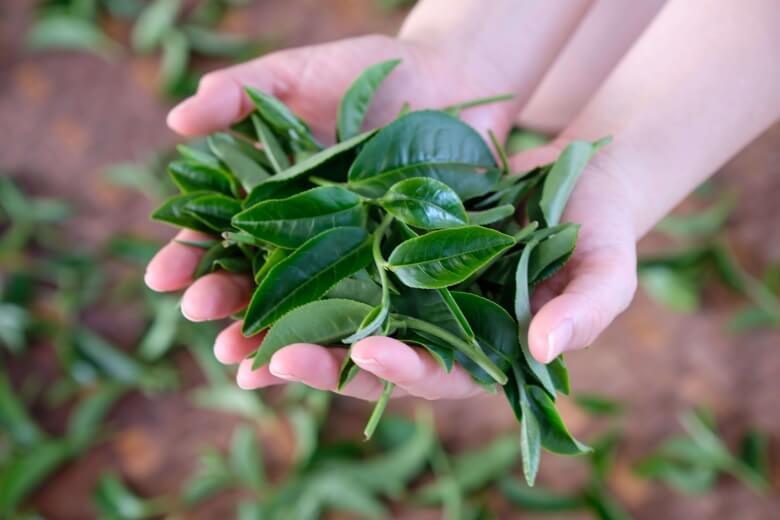
Two of the earliest teahouses are still in business today and, between them, they illustrate the range of environments the valley offers. The Liujixiang (六季香) tea plantation is perched high near the top of the valley and offers wide vistas down across lines of tea bushes as far as the eye can see. The teahouse offers a mix of teas and victuals representing the best that Liujixiang and Taiwan have to offer. For teas, the tieguanyin and “six-season fragrant” (actually a “soft-twigged” oolong) are grown on the plantation, and 100 percent of this is now sold on site. Others, such as baozhong (lit. “wrapped kind”) tea also from Taipei’s Wenshan District and dongding (lit. “frozen peak”) from central Taiwan, are similarly sold for immediate or home consumption.
Liujixiang, like all Maokong teahouses, sells tea in one- and two-liang (one liang is about 37.5 grams) packs and then “rents” tea-making equipment, water, and mosquito coils for a fixed fee. Customers are welcome to bring their own leaves, but then pay a higher rental.
Lower down the hill on the main road that circles the valley is Yaoyue (邀月) teahouse, which sells a similar range of local and island-wide teas and foods at similar prices. The main difference is in outlook; instead of commanding distant views as Liujixiang has, Yaoyue is nestled among the trees and ferns beside a stream.
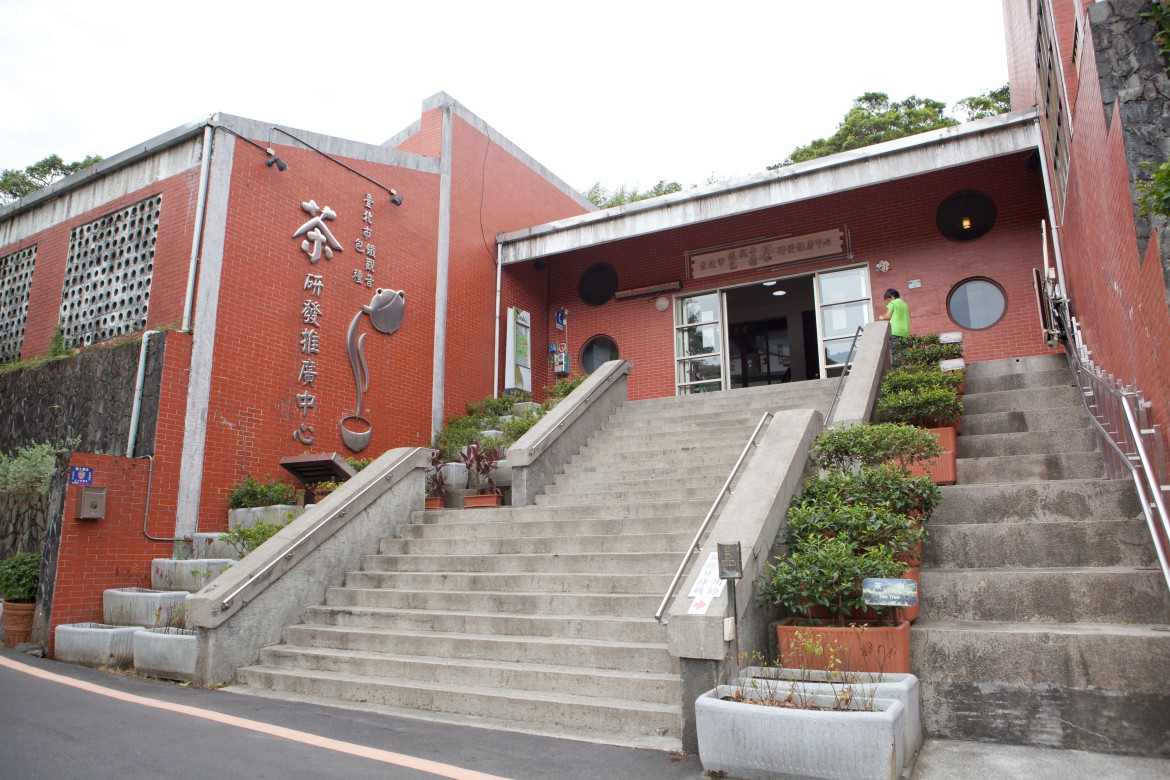
Visitors to Maokong can also make use of the plethora of well-marked trails to work up a thirst and visit the Taipei Tea Promotion Center for Tieguanyin Tea and Baozhong Tea (台北市鐵觀音包種茶研發推廣中心) to satisfy their thirst for knowledge of the history, science, and even etiquette of tea drinking. (Read more : A Day of Tea – Tea Culture in Taiwan)
This article is part of an article published in Travel in Taiwan magazine (Jan./Feb., 2007)
Visit the tea plantations of Maokong by joining our Tea Culture Day Tour!

